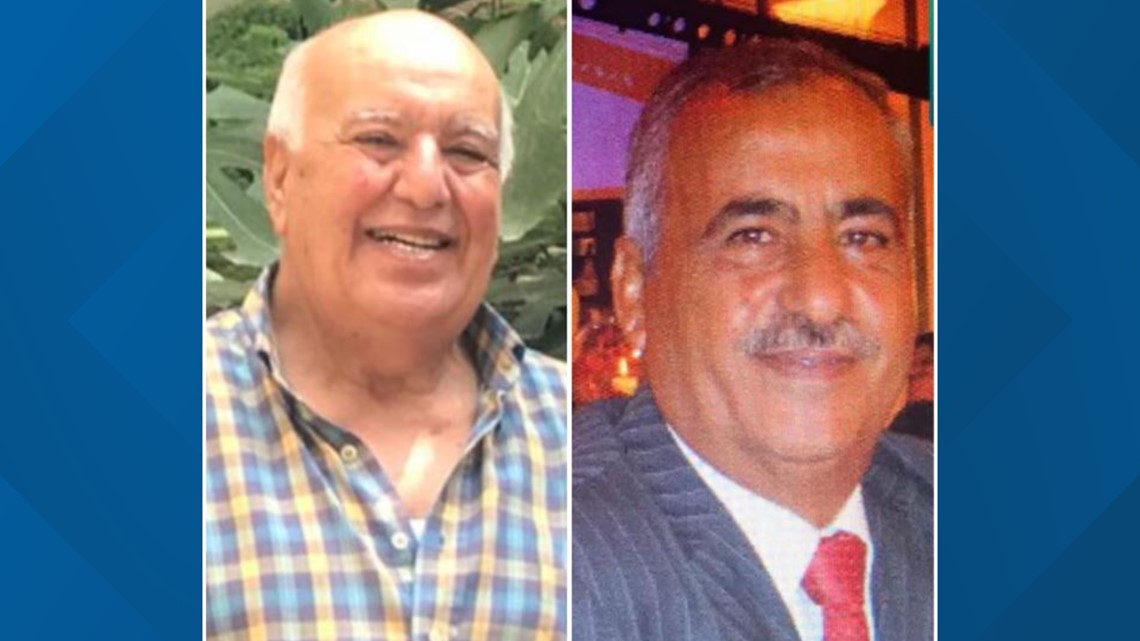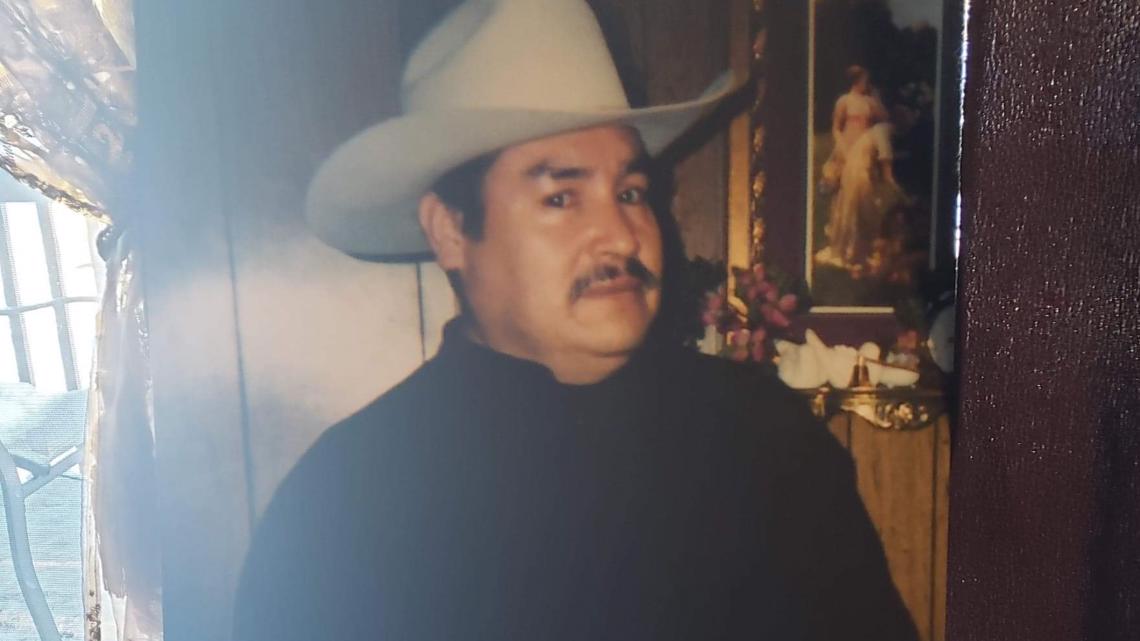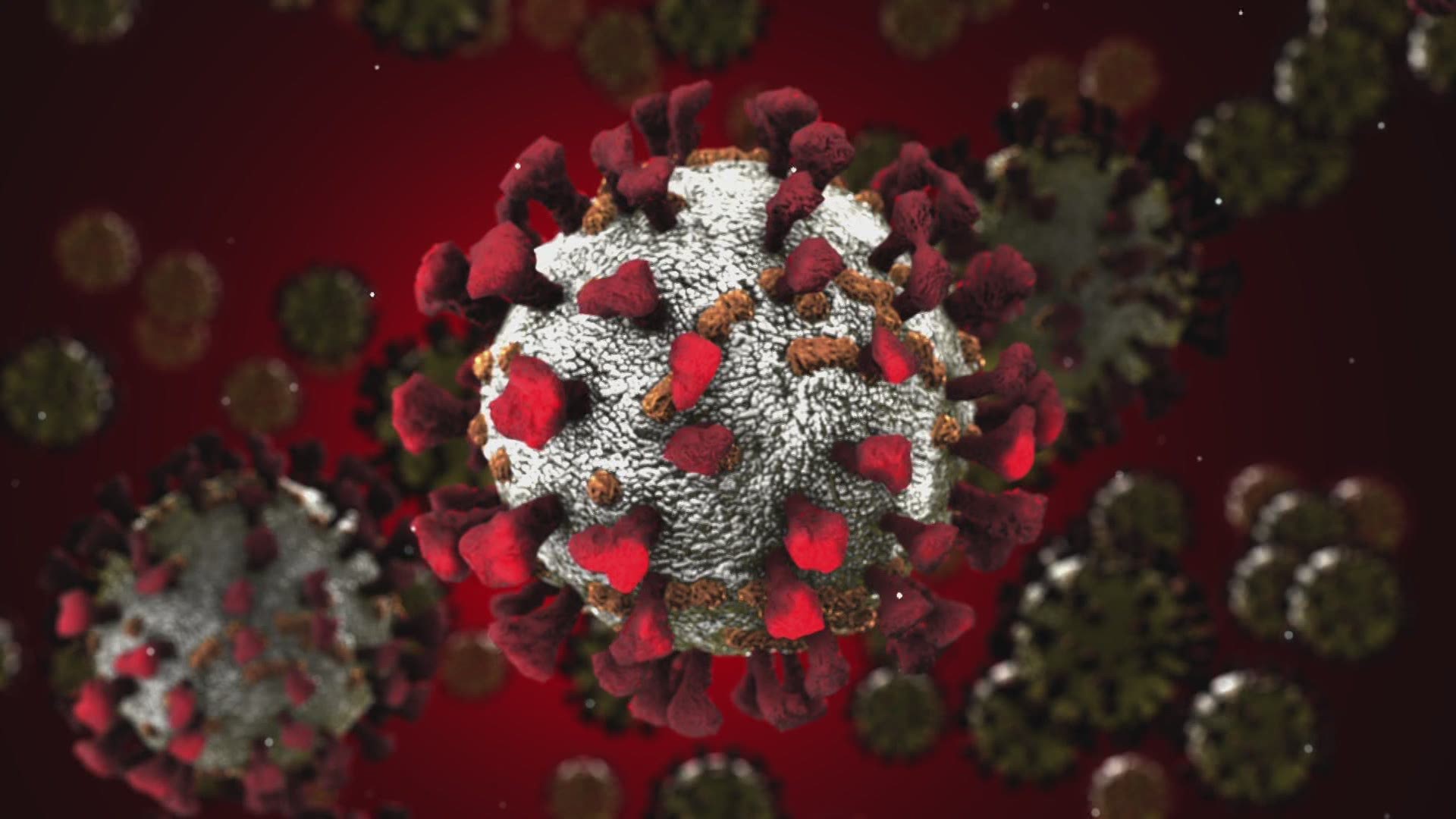SEATTLE — At the start of the COVID-19 pandemic, the University of Washington's Institute for Health Metrics and Evaluation (IHME) created data models to predict the number of coronavirus cases, hospitalizations and deaths from the virus.
How accurate were the models? The models were incredibly accurate; they became more precise as time went on.
In an interview with my KING 5 reporter Chris Daniels in May 2020, UW researchers predicted 134,500 deaths would be associated with COVID-19 by August 4, 2020. It was a prediction that would make national headlines, because the UW claimed the national death toll could double in a three-month timespan.
History shows us that prediction was accurate with the nation exceeding the number slightly: 149,000 deaths would be reported by August 2020.
IHME's predictions got more accurate over time based on real-time COVID-19 trends in the U.S. In September 2020, the institute projected 371,509 deaths by Jan. 1 if the U.S. made no changes to masking and social distancing. Nearly two months later, IHME downgraded its Jan. 1 projection to 320,403 deaths. The nation would hit that mark at the end of December.
In December 2020, UW models predicted about 538,000 Americans would die of COVID-19 by April 1. The U.S. death toll reached that number in late March.
Right now, IHME creates models for nearly every country in the world.
One of the lead researchers behind those models, Dr. Ali Mokdad, revealed to KING 5 News his own personal loss during the pandemic. Two of his cousins died from COVID-19 during the pandemic, their deaths only three days apart.
“On a personal level, I lost two cousins, [who were like] brothers, within three days,” said Mokdad, a professor and the chief officer of population health at the UW.


“My aunt got COVID-19 and was in the hospital for a long time. Lucky for her, she is doing much better right now. She is back at home. So, all of us have been impacted by COVID-19. I have family members that have lost their jobs and it has been a disaster on all of us,” said Mokdad.
He says the data models are meant to be used as tools, not scare tactics.
“We don’t want to scare people…I’m more interested in changing the projections. I want to put a number out and say this is what you can do to prevent the scenario from happening,” explained Mokdad.
KING 5 News also spoke to another health care worker who lost two family members because of the pandemic. Virginia Ramos, an infection control nurse at SeaMar, lost an aunt and a cousin to COVID-19 in a three-week time span.
“At that point, and that's when the reality of everything, not just the mechanics of coming to work, really hit home," said Ramos.


She wears a pin placed above her heart with her aunt’s picture on it.
Ramos said her aunt, Angelica Martinez, died in December 2020 at 75 years old. Martinez was a mother and grandmother. She was also a breast cancer survivor.
Ramos' cousin Roberto Briseno died in January.


Ramos says it’s a reminder of the importance of “doing the little things,” like masking and hand hygiene, and why vaccinating is so important.
Ramos oversees the vaccination program at SeaMar’s White Center facility.
"I have to be honest," Ramos said. "After the end of a really busy, scary year, to then have lost my aunt…it almost broke me."
How to get a COVID-19 vaccine in Washington
The Washington State Department of Health (DOH) released an online portal to check your eligibility for the COVID-19 vaccine. Use the Phase Finder tool to input personal information like age, health conditions and essential worker status to determine if it's your turn.
As of March 17, Washington is in Phase 1B, tier 2 of vaccination. Eligible people include:
- High-risk health care workers and first responders
- Long-term care residents
- People 65 years old and older
- People 50 years old and older in multigenerational households
- Teachers, school staff and childcare workers
- Employees in certain congregate settings, such as grocery stores, agriculture, corrections, transit and law enforcement
- People age 16 years and older who are pregnant
- People age 16 and older who have a disability that puts them at high risk
If you are eligible, find a list of vaccine providers on the DOH website and information on how to make an appointment.

